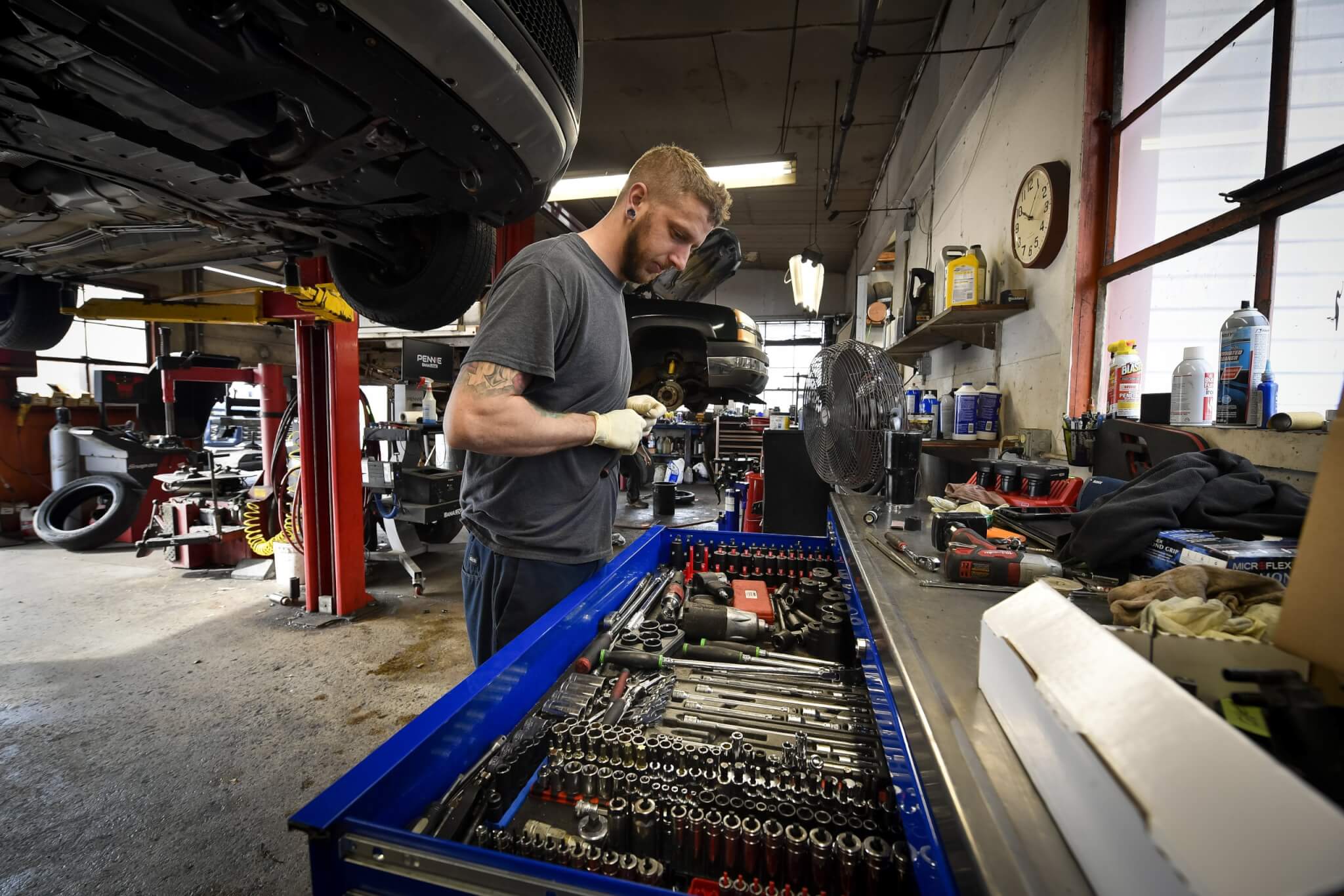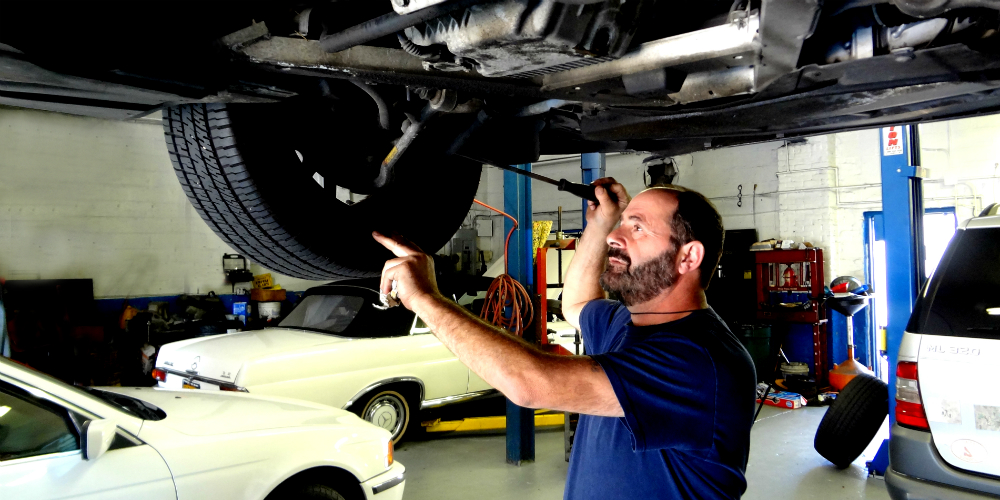All Categories
Featured

[/image]
When it comes to lorry maintenance, tires are typically among the most neglected parts, although they play a vital function in the security and effectiveness of your cars and truck. Tire turning and placement are 2 crucial solutions that assist ensure your tires wear equally, last longer, and remain to carry out at their finest. Right here's everything you require to understand concerning tire rotation and placement and why they matter for your vehicle.
What Is Tire Turning? Tire turning is the process of moving the tires from one placement to one more to make sure even put on throughout all 4 tires. The front and back tires of a vehicle wear at different rates as a result of the weight circulation and the truth that the front tires deal with both steering and stopping. By turning the tires routinely, typically every 6,000 to 8,000 miles, you can balance out the wear and prolong the life of your tires.
In many cars, the tires will certainly be rotated from front to back, and in some instances, side-to-side, depending upon the tire type and your automobile's specs. This guarantees that each tire births an equivalent quantity of tension and pressure. Regular tire rotations likewise boost lorry handling and ride high quality, as well as add to better fuel effectiveness.
What Is Tire Positioning? Tire positioning refers to changing the angles of your car's wheels to guarantee they are located properly according to the manufacturer's requirements. Proper positioning makes sure that your tires are alongside each other and perpendicular to the ground, which helps boost the general handling, security, and life expectancy of your tires.
There are 3 crucial facets of alignment:
Camber: The tilt of the wheels when watched from the front. If the wheels lean internal or exterior, it can trigger unequal tire wear. Caster: The angle of the steering axis when viewed from the side. Appropriate wheel alignment ensures stable guiding and far better vehicle control. Toe: The angle at which the tires aim internal or external when seen from above. Incorrect toe alignment can create tires to wear erratically and impact managing. Misalignment can take place due to factors like striking gaps, aesthetics, or driving over harsh surface, and even routine driving in time can slowly cause misalignment. Obtaining an alignment check every 1-2 years or when you notice handling issues is essential for optimal tire performance.
Why Are Tire Rotation and Placement Important? Maximized Tire Life:. Tire turning ensures also put on throughout all four tires, avoiding early tire substitute. Misaligned tires put on erratically, which can result in the need for more constant tire substitutes. Both tire turning and alignment boost the life expectancy of your tires, saving you money in the future.
Improved Security:. Correct placement helps keep your lorry tracking right, enhancing stability and handling. Misaligned tires can cause drawing, that makes it more challenging to control your lorry, specifically at high rates or in emergency situation situations. Tire turning also ensures your lorry's handling continues to be regular, improving your ability to stop rapidly and preserve control.
Better Gas Efficiency:. When your tires are correctly aligned, they experience much less rolling resistance, suggesting your engine does not have to work as difficult to move the vehicle. This decreases gas consumption and enhances gas mileage. Misalignment can cause your tires to drag, resulting in inadequate gas efficiency.
Smoother Trip:. Misaligned or unevenly used tires can trigger resonances in the guiding wheel or car body, which can be unpleasant while driving. Routine tire turning and positioning can give a smoother and quieter ride, reducing unneeded noise and resonances.
Indicators You Need Tire Rotation or Alignment. It is necessary to be knowledgeable about advising indicators that your tires could require focus. Keep an eye out for:
Unequal Tire Put On: If you see that a person tire is more used than others, maybe a sign that it's time for a rotation or positioning. Steering Pulling to One Side: If your lorry pulls away, particularly when you're driving directly, it could suggest misalignment. Resonances or Uncommon Noises: If your steering wheel drinks or you hear a humming or whining noise, your placement may be off. Screeching Tires: A shrill screech can indicate misalignment or that your tires are worn unevenly. If you see any one of these indicators, it's an excellent idea to have your vehicle checked immediately to avoid further damage to your tires or shock absorber.
Exactly How Commonly Should You Rotate and Straighten Your Tires? Tire rotation is usually advised every 6,000 to 8,000 miles or every 6 months, depending on your car's handbook and driving conditions. It's also a great concept to rotate your tires during oil modifications to ensure they get the attention they require.
For alignment, many experts recommend having your tires lined up annually or if you observe any type of handling problems. If you've just recently struck a pocket, visual, or another obstacle, it's an excellent idea to have your placement examined sooner to stay clear of uneven tire wear.

Verdict: Preserve Your Tires for Longevity and Security. Tire turning and placement are basic yet critical facets of vehicle upkeep that add to longer tire life, boosted safety, and better gas effectiveness. By following the recommended solution intervals for tire rotation and alignment, you can ensure your tires stay in top problem, providing a smoother and more secure driving experience. Normal upkeep helps you prevent unanticipated tire wear, pricey repair work, and possible accidents, making it a smart financial investment for your car's general performance.
Latest Posts
Boost Your Home's Outside with Weathercraft's House siding Solutions
Secure Your Financial Investment with Specialist Rain Gutter Installment
Choosing the Right Roofing Shade: Influence On Power Efficiency